
How to Season a Chinese Wok
How to Season a Chinese Wok the right way is essential if you want to cook authentic stir-fries with excellent heat retention and naturally nonstick performance. Whether you’re working with a carbon steel or lightweight Chinese cast iron wok, this step-by-step guide will show you how to prepare it for its first use. Seasoning not only protects the surface—it also enhances flavor and helps develop a slick, nonstick patina over time.
What you’ll need:
Dishwasher detergent
1 steel scrubber
1 soft sponge
1/3 cup high-smoking point oil, plus 2 tablespoons
6 ounces pork belly (or substitute with sliced ginger and scallions for a vegetarian option)
1 pair of tongs
1 piece of paper towel
Instructions
1. Clean the wok:
- This method is for a brand-new carbon steel or lightweight cast iron wok. Do not use it on enameled or nonstick cookwares.
- Use a steel scrubber, dishwasher detergent, and warm water to scrub the entire surface thoroughly.
- New woks are often coated with a protective factory layer (usually oil or wax) that must be completely removed before first use.
- Rinse well and dry completely.
2. Heat the wok:
- Place the clean, dry wok over high heat. Heat it until it begins to smoke and the surface changes color—this is called “blueing.”
- Blueing is normal and expected. It signals the protective layer is gone and the pores are opening to absorb seasoning oil.
- Tilt and rotate the wok during this process to ensure even heating, especially around the sloped sides.
- This step takes about 10 minutes. Turn off the heat once the entire inner surface is discolored and dry.
3. Season with pork belly (or ginger and scallions):
- Add 1/4 cup of high-smoking point oil to the wok.
- Use tongs to hold the pork belly and rub it all over the inner surface of the wok. This step seasons and gently scrubs the metal.
- If you prefer a vegetarian method, substitute with a handful of sliced ginger and scallions and stir-fry them in the hot oil for the same effect.
- Turn the heat to low. Keep moving the pork belly or aromatics around as the oil smokes lightly and the surface darkens.
- When the oil begins to smoke again, turn off the heat but continue wiping or stir-frying. Repeat the process for about 30 minutes.
4. Discard and rinse:
- After seasoning, discard the pork belly or aromatics and any remaining oil. (Do not eat them—they absorb residue and burnt oil.)
- Rinse the wok with warm water using a soft sponge. Do not use detergent.
5. Final heating and oil coating:
- Return the wok to high heat until it smokes again. This step tightens the metal and ensures it’s fully dry.
- Turn off the heat. Dip a folded paper towel into 1–2 tablespoons of high-smoke-point oil, and use tongs to wipe it over the entire interior and bottom of the wok.
6. Ready to use:
- Your wok is now seasoned and ready for cooking. The surface may appear patchy or slightly uneven—that’s normal.
- Use your wok regularly. With each use, especially with oily stir-fries, the seasoning will darken and become more nonstick over time.
Tips & notes
- Use high smoke-point oils: Avocado, grapeseed, peanut, or flaxseed oil work best for seasoning.
- Blueing is good: Heating until the wok changes color (“blueing”) means you’ve burned off the factory coating and the metal is ready to absorb oil.
- Pork belly is traditional: It seasons while scrubbing—but sliced ginger and scallions work well as a vegetarian option.
- Don’t use detergent after seasoning: Clean with hot water and a soft sponge only to preserve your patina.
- Avoid acidic foods at first: Tomato, vinegar, or long-simmered sauces can strip your fresh seasoning. Wait until a dark patina has developed.
- Good first dishes: Cook stir-fried rice, scrambled eggs, or noodles in the first few uses to build a stronger, nonstick layer.
- Re-season as needed: If your wok develops rust or loses its sheen, repeat this seasoning process to restore it.
- Ventilation matters: Use an exhaust fan or open a window—heating oil to smoking can trip alarms or irritate eyes.
- Works for carbon steel and Chinese cast iron: This method applies to both traditional carbon steel and lightweight Chinese cast iron woks. Do not use it on enameled or nonstick cookwares.
Related Recipes
You may also like

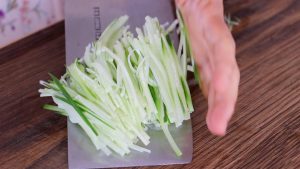
How to Julienne Cucumbers
January 10, 2025
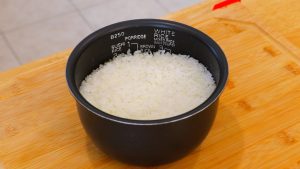
How to Make Steamed Rice in Rice Cooker
December 21, 2024


4 Ways to Store Ginger
November 8, 2020

4 Ways to Store Garlic for Longer
September 4, 2020
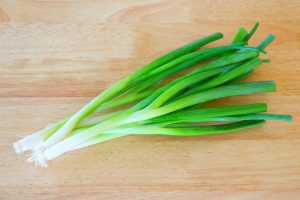
4 Ways Preserve Scallions for Weeks or Months
June 19, 2020
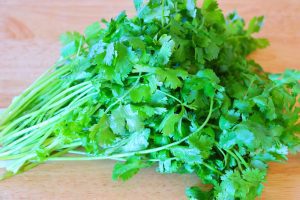
3 Ways to Preserve Cilantro for Weeks or Months!
May 22, 2020

4 Immunity-Boosting Ways to Help Fight Viruses
March 20, 2020

Doing Justice to the Palate With Korean Spicy Tofu Stew
July 28, 2015


Thai Red Curry Like Mom Used to Make
July 8, 2015

Malaysian Chicken Satay Recipe
June 5, 2015

Korean Cold Noodles Recipe, Naengmyeon
June 1, 2015

The Best Hainanese Chicken and Rice Recipe
May 23, 2015


Cinderella’s Shoes Shaped Duck Dumplings
May 12, 2015



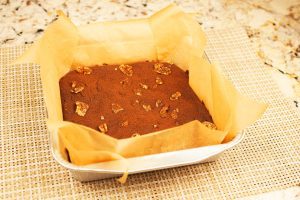
Guilt-Free Tofu Brownie Recipe
April 14, 2015


Miracle Noodles to Lose Weight: a Dream Comes True!
March 16, 2015


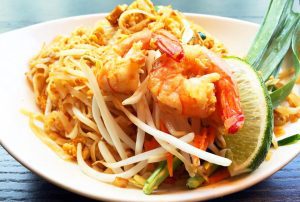
Pad Thai Recipe: A Popular but Forgotten Dish!
February 17, 2015
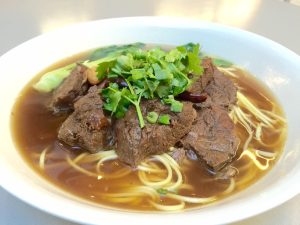
Longevity Chinese Beef Noodle Soup Recipe for Chinese New Year
February 17, 2015

How to Make Heart Shaped Chocolate Lollipop for Valentine’s Day
February 7, 2015
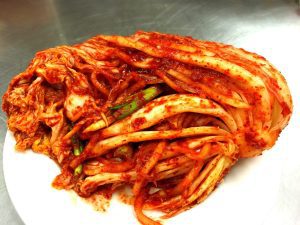
The Best Korean Kimchi Recipe
February 7, 2015

Chicken Wonton Soup Recipe
January 26, 2015

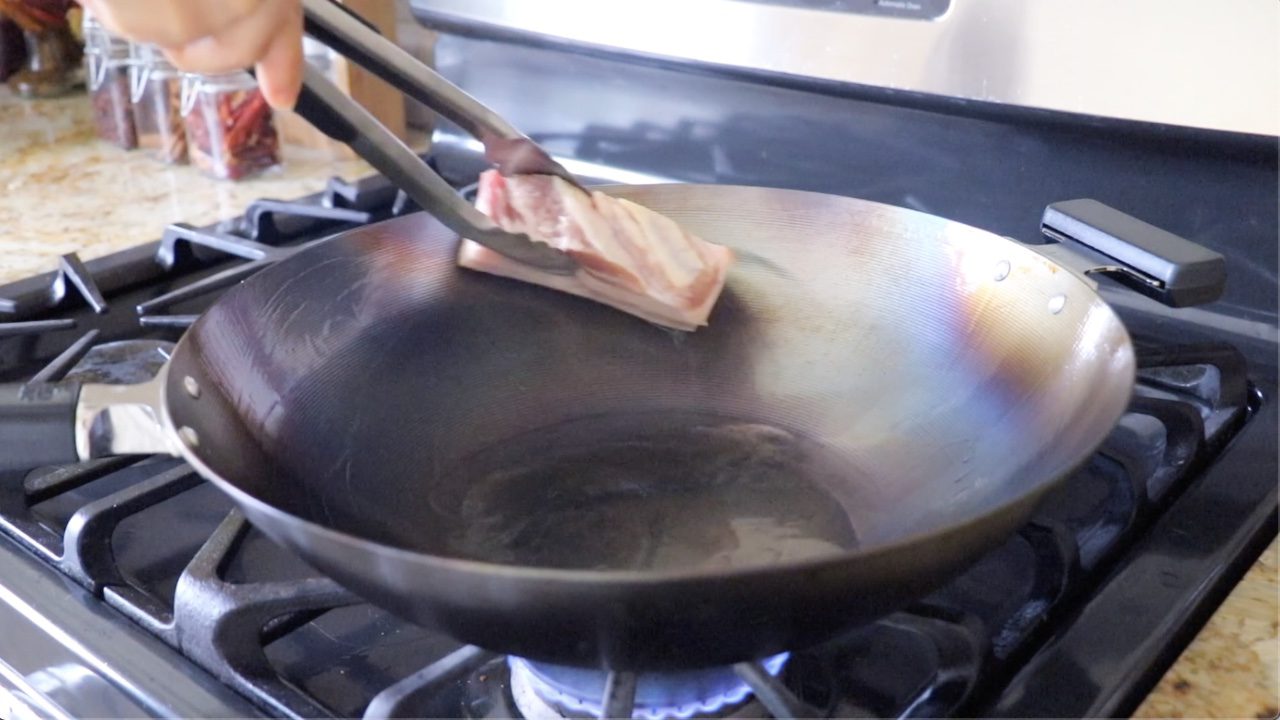

1 thought on “How to Season a Chinese Wok”
Wow….love to see i enjoy watching…dreaming someday somehow to have it…like it